Author: Hettie Haines
Protect your semiconductor IP through mask work registration and IP lifecycle management.
As the semiconductor industry grows ever more competitive, particularly in Arizona, which has recently emerged as the booming forefront of the industry, the risk of copyright infringement accusations only increases as companies vie to stay ahead of competition. Thus, it’s imperative that companies take the proper precautions to protect their intellectual property – as well as protect themselves against infringement claims.
Protection 101 – Registering Mask Works
The Semiconductor Chip Protection Act (SCPA) of 1984 protects what are known as “mask works” – the series of related images having or representing the three-dimensional patterns within the layers of a semiconductor chip. Mask works are not protected by traditional copyright law, and the legal requirements for mask work protection differ from those for copyright protection in terms of eligibility, ownership rights, registration procedures, term, and remedies for rights violations.
Mask works must be registered with the U.S. Copyright Office to receive protection under the SCPA. Once registered, protection lasts for 10 years from the initial registration date or from the date the mask work is first commercially exploited. Registration cost is minimal ($150 at the time of this writing), making the level of protection well worth the investment.
It is also critical for companies to identify the qualitatively important aspects of the mask work design during registration, as there is no strictly-defined rule about what constitutes “substantial similarity” in a misappropriated design. Essentially, this means that while a small percentage of a mask work could be illegally copied, that small percentage could constitute the material portion of the design and thus be fair grounds for an infringement claim.
Maintaining Stringent IP Lifecycle Management
SCPA Protection of “Reverse Engineering”
The SCPA does authorize “reverse engineering” as a statutory defense in mask work infringement cases as an impetus to promote innovation while protecting common industry practices for improving and evolving designs.
The statute allows an outside party to reproduce the mask work to analyze the circuitry and logic flow and incorporate those learnings into a separate, unique design as an original mask work. The end product must be original and have a different design layout, though it may perform the same function as the existing chip. This is where the IP lifecycle management process is invaluable — showing every step of development from start to finish.
The IP attorneys at Messner Reeves can help.
Protect your intellectual property with advice from our experienced IP attorneys. We can help you develop and implement an IP strategy to protect your company against any infringement claims. Contact us today for a free consultation.
this section seems out of place and not directly related to SCPA



